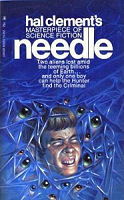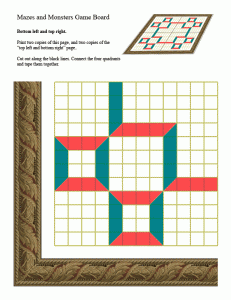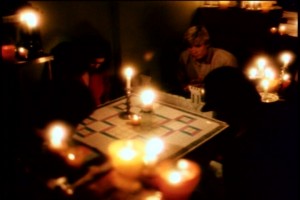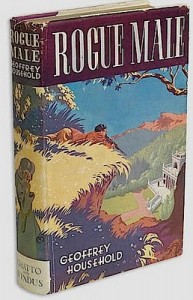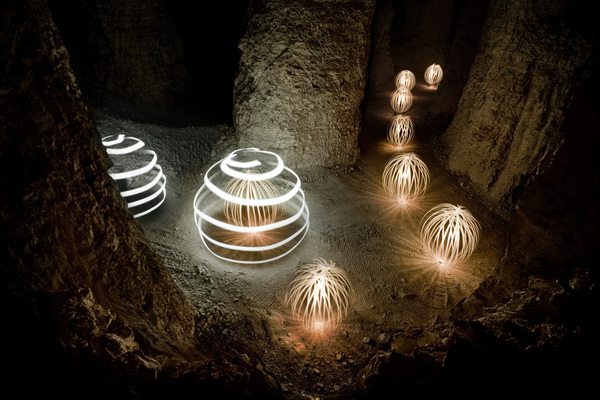The protagonists – the human protagonists – are very aware of the dangers of the island. One of the worst is… coral??
Apparently there’s some sharp coral out there, and if you really gash yourself open, you can be in trouble. There’s also something called “stinging coral”. Huh. I always thought that coral was just something pretty to look at while you drowned because your snorkel was clogged with seaweed.
Let’s D&Dize coral!
DAGGER CORAL: Anyone who moves into or starts their turn in dagger coral will be subject to many stab attacks, as the millions of heat-loving organisms all decide that they want to start a new life inside the PC. However, dagger coral has a defeatist attitude and gives up easily. Each successful attack by dagger coral will be followed by another attack, on the same turn, until the dagger coral misses. Once the dagger coral has missed a character, it will never attack the same character again.
STINGING CORAL: Creatures who start a turn near stinging coral are subject to an attack that does ongoing poison damage. Furthermore, stinging coral is vicious. Every turn, the coral may add 5 squares to its area, as a Wall. It tries to extend itself to be adjacent to as many creatures as possible. Every hit on stinging coral destroys a square of the coral.
BRAIN CORAL: Because brain coral looks like brains, it is obviously psychic, vastly intelligent, and evil. It can telepathically communicate with any adjacent creature. Since a single brain coral can extend for miles, brain coral can provide a lot of information about the local area. Brain coral tries to exert dominance over other creatures, although it prefers threats of violence to actual violence. If angered, it can destroy its own tissue in a massive psychic attack; unaugmented it attacks Will, and does 1d6 damage and Dominates the subject (save ends). For every square of brain coral permanently sacrificed, the attack does 5 extra psychic damage.
* Are you sold on this book yet? How can you not be sold? That is a premise, friends.

